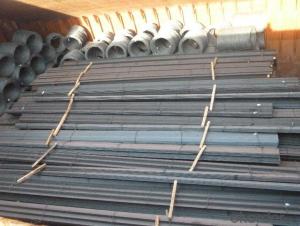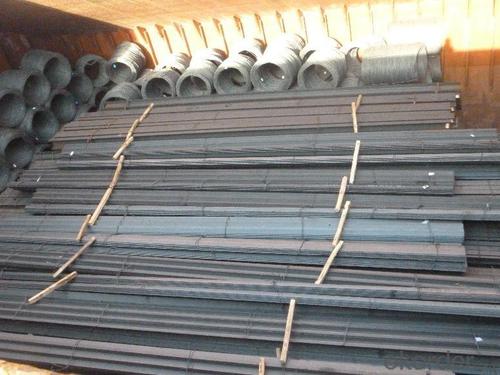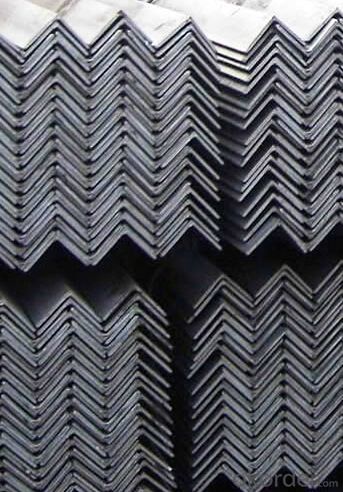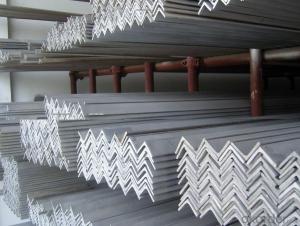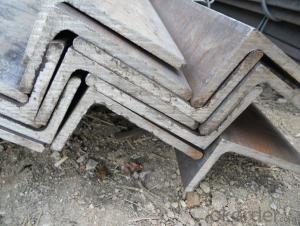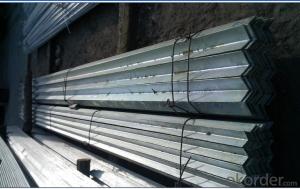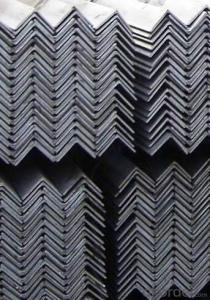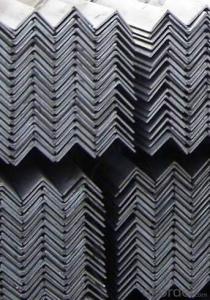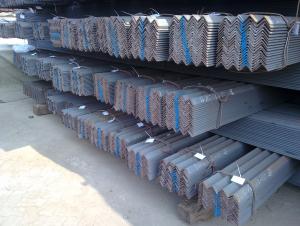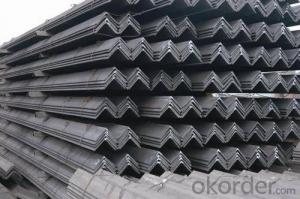ASTM STANDARD HIGH QUALITY HOT ROLLED ANGLE
- Loading Port:
- Tianjin
- Payment Terms:
- TT OR LC
- Min Order Qty:
- 50 m.t.
- Supply Capability:
- 100000 m.t./month
OKorder Service Pledge
OKorder Financial Service
You Might Also Like
Appearance: Black
Technique: Slitting hot rolled steel coil
Grade: Q235, Q195,A36 SS400 S235jr.St37-2
Standard: AISI,GB,DIN,ASTM,EN,JIS
Length: 6m, 9m, 12m or as your requirement.
Width: 10mm-1010mm
Thickness: 1.5mm-20mm
Business type: big manufacture
Place of origin: Tianjin China (Mainland)
Packaging Details: In bundles for exporting and sea worthy
Delivery Detail: Within 15-35 days after receiving L/C or deposite T/T
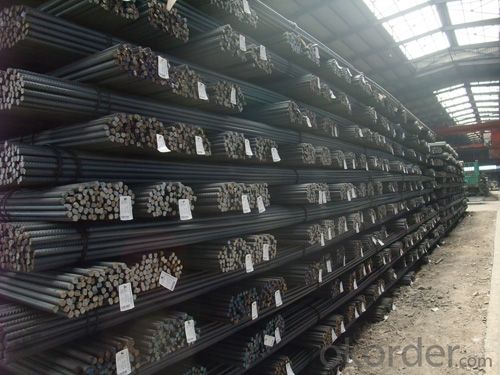
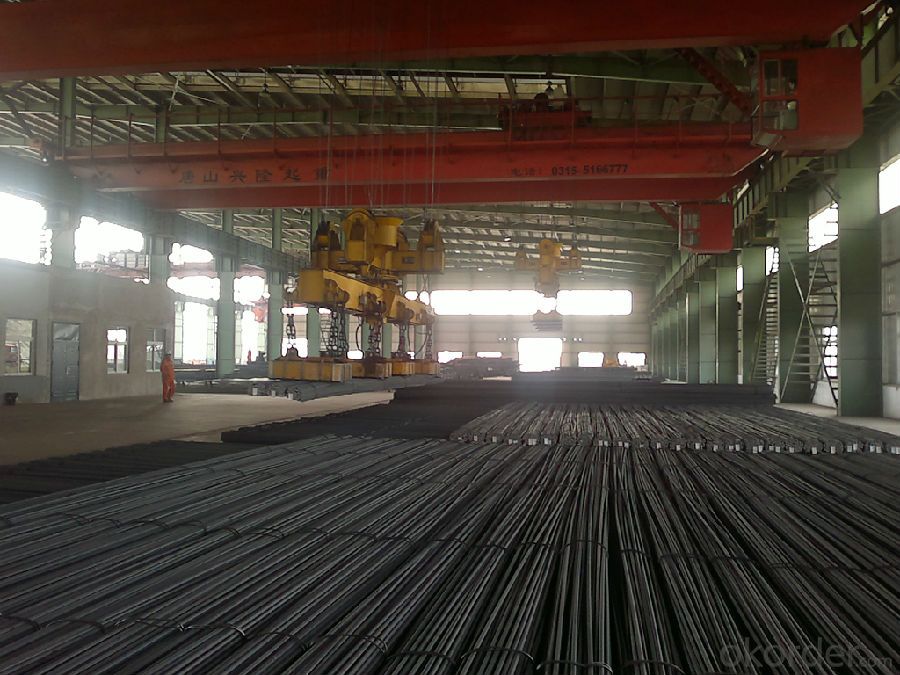
General specification as below:
Flat Bar Specification | |||
Width (mm) | Thickness (mm) | Length (m) | Theoretical Weight (kg/m) |
20 | 2.0 | 6/9/12 | 0.31 |
20 | 2.5 | 6/9/12 | 0.39 |
20 | 2.75 | 6/9/12 | 0.43 |
25 | 2.5 | 6/9/12 | 0.49 |
25 | 3.75 | 6/9/12 | 0.74 |
30 | 2.5 | 6/9/12 | 0.59 |
30 | 3.5 | 6/9/12 | 0.82 |
30 | 9.75 | 6/9/12 | 2.30 |
40 | 3.5 | 6/9/12 | 1.10 |
40 | 4.75 | 6/9/12 | 1.50 |
40 | 11.75 | 6/9/12 | 3.69 |
50 | 2.75 | 6/9/12 | 1.08 |
50 | 4.5 | 6/9/12 | 1.77 |
50 | 9.75 | 6/9/12 | 3.83 |
60 | 5.5 | 6/9/12 | 2.60 |
60 | 7.5 | 6/9/12 | 3.53 |
60 | 11.5 | 6/9/12 | 5.42 |
80 | 5.5 | 6/9/12 | 3.45 |
80 | 7.5 | 6/9/12 | 4.71 |
80 | 11.75 | 6/9/12 | 7.38 |
100 | 3.25 | 6/9/12 | 2.55 |
100 | 4.75 | 6/9/12 | 3.73 |
100 | 7.5 | 6/9/12 | 5.89 |
120 | 9.75 | 6/9/12 | 9.18 |
120 | 11.75 | 6/9/12 | 11.07 |
150 | 9.75 | 6/9/12 | 11.48 |
150 | 11.5 | 6/9/12 | 13.54 |
150 | 13.5 | 6/9/12 | 15.90 |
160 | 11.75 | 6/9/12 | 14.76 |
200 | 9.5 | 6/9/12 | 14.92 |
250 | 5.75 | 6/9/12 | 11.28 |
340 | 7.75 | 6/9/12 | 20.68 |
Products Advantages
1. high quality competitive price and Accurate in size
2. high dimensional accuracy
3. Guaranteed raw material
4.high utilization rate of material
5.convenient in construction, saving much time and labor
6. high mechanical strength
Application: Widely used for construction, Ship building, Machinery manufacturing ,steel structure,agriculture and steel grating.
- Q: Are steel angles suitable for outdoor furniture?
- Yes, steel angles are suitable for outdoor furniture. Steel is a durable and weather-resistant material that can withstand various outdoor conditions, making it an excellent choice for outdoor furniture. Additionally, steel angles provide stability and structural support, ensuring the longevity and functionality of outdoor furniture pieces.
- Q: How do steel angles contribute to the overall durability of a structure?
- Steel angles, also known as angle irons or L-shaped structural steel, play a significant role in enhancing the overall durability of a structure. These versatile components are commonly used in construction projects due to their ability to provide strength, stability, and support. Firstly, steel angles are designed to withstand heavy loads and forces. By distributing the weight evenly, they help to prevent structural failures and ensure the longevity of the building. This is particularly important in applications where the structure is subjected to dynamic forces such as wind, earthquakes, or heavy machinery. Moreover, steel angles serve as effective reinforcements in critical areas of a structure. They are often used to reinforce connections between different structural members, such as beams and columns, creating a robust framework. This reinforcement enhances the overall load-bearing capacity of the structure, allowing it to withstand greater loads without compromising its integrity. Additionally, steel angles provide lateral stability to a building. By connecting various components diagonally, they help to resist horizontal forces, such as those caused by wind or seismic activity. This lateral stability is crucial in preventing the structure from swaying or collapsing under extreme conditions, ultimately ensuring the safety of occupants. Furthermore, steel angles are highly resistant to corrosion, which is a common cause of deterioration in structures. The use of galvanized or stainless steel angles can significantly reduce the risk of rusting and subsequent degradation. This corrosion resistance contributes to the long-term durability of the structure, reducing maintenance costs and prolonging its lifespan. In summary, steel angles are essential in enhancing the overall durability of a structure due to their ability to withstand heavy loads, provide reinforcement, offer lateral stability, and resist corrosion. By incorporating steel angles into construction projects, engineers can ensure the structural integrity and longevity of buildings, ultimately creating safer and more durable spaces.
- Q: How do you design connections for steel angles to steel beams?
- Designing connections between steel angles and steel beams requires careful consideration and a step-by-step approach. Here is a general overview of the process: 1. Load determination: The first step involves identifying the loads that will impact the connection. These include vertical and horizontal loads, as well as any moments applied. These loads are crucial in determining the required strength of the connection. 2. Selection of appropriate materials: Based on the loads and design criteria, suitable steel angles and beams must be chosen for the connection. Factors such as material grade, size, and shape should be taken into account. 3. Connection analysis: The connection is analyzed to determine the necessary strength. This involves calculating shear, moment, and axial forces that will act on the connection. Structural analysis methods are employed, considering both service loads and ultimate strength requirements. 4. Connection type determination: Once the analysis is complete, the appropriate connection type is selected. Common options include bolted, welded, or a combination of both. Factors such as available space, ease of construction, and structural requirements are considered. 5. Connection design: The connection is designed to meet the required strength and performance criteria. This includes determining the number, size, and layout of bolts or welds, as well as any additional reinforcement or stiffeners that may be necessary. Shear, moment, and axial force resistance, along with adherence to design codes and standards, are considered. 6. Detailing and fabrication: Detailed drawings and specifications, including dimensions, tolerances, and material specifications, are provided for the connection. Coordination with fabricators and contractors ensures accurate fabrication and installation. 7. Quality control and inspection: Throughout fabrication and construction, quality control checks and inspections are conducted to ensure correct fabrication and installation of the connection. Visual inspections, non-destructive testing, and load testing, if required, are performed. Consulting with a structural engineer or experienced professional in steel connection design is essential to ensure the connection is designed safely and complies with applicable building codes and standards.
- Q: How do you calculate the effective length of a steel angle?
- To calculate the effective length of a steel angle, you need to consider its end conditions and support conditions. It is determined by analyzing the buckling behavior and stability of the angle under different loading conditions. This involves considering factors such as fixed or pinned ends, bracing conditions, and the angle's geometric properties. By applying relevant formulas or structural analysis methods, you can determine the effective length and use it to assess the angle's structural stability and design requirements.
- Q: I would like to ask you, angle iron, what does it usually use ah?
- The angle iron can be made up of different force components according to the different structure, and can also be used as the connecting piece between the components. Widely used in a variety of architectural and engineering structures, such as beams, bridges, towers, hoisting and conveying machinery, ships, industrial furnace, reaction tower, container frame and warehouse
- Q: Can steel angles be used for column supports?
- Yes, steel angles can be used for column supports. Steel angles are commonly used in construction for their strength and stability. They can provide excellent support for columns, especially when properly designed and installed. The use of steel angles for column supports can help distribute the load and provide structural integrity to the overall structure. However, it is important to consult a structural engineer or a professional in the field to ensure that the specific steel angles being used are suitable for the intended purpose and meet the necessary building codes and regulations.
- Q: Can steel angles be used in fencing?
- Indeed, fencing can make use of steel angles. Steel angles find frequent application in fencing scenarios, serving to furnish structural reinforcement and stability. Their utility ranges from functioning as posts to serving as crossbars, contingent upon the particular design of the fencing. Steel angles possess robustness and durability, rendering them well-suited for enduring various elements whilst guaranteeing security. Through facile welding or bolting, steel angles can effortlessly be conjoined to construct a resilient fencing structure. Furthermore, steel angles can be galvanized or coated, augmenting their resistance to rust and corrosion, thereby securing a fencing solution that endures for a prolonged period with minimal maintenance.
- Q: Are steel angles available in different colors?
- Steel angles typically come in a standard metallic gray color, but it's possible to alter their color or appearance by applying different finishes or coatings. Options like powder coating, paint, or galvanization can offer a variety of colors to choose from. However, it's worth mentioning that the range of available colors may vary depending on the manufacturer or supplier.
- Q: What are the common shapes and dimensions of steel angles?
- Steel angles are commonly available in a variety of shapes and dimensions to suit various applications. The most common shapes of steel angles are L-shaped or right angles, with equal legs or unequal legs. These angles are typically formed by bending a piece of steel into the desired shape. In terms of dimensions, steel angles can vary in size depending on their intended use. The length of the legs, which are the two sides of the angle, can range from a few inches to several feet. The thickness or gauge of the steel used to make angles can also vary, with thinner gauges being more lightweight and thicker gauges providing greater strength. The most common dimensions for steel angles include: - Equal Leg Angles: These angles have legs of equal length, forming a 90-degree angle. Common sizes for equal leg angles range from 1/2 inch to 6 inches in leg length, with thicknesses ranging from 1/8 inch to 1/2 inch. - Unequal Leg Angles: These angles have legs of different lengths, forming a 90-degree angle. The longer leg is typically referred to as the "vertical leg" and the shorter leg as the "horizontal leg." Common sizes for unequal leg angles range from 1 inch to 6 inches in vertical leg length, with thicknesses ranging from 1/8 inch to 1/2 inch. It's important to note that these dimensions are just a general guideline, and steel angles can be custom-made to meet specific requirements. Additionally, steel angles can be hot-rolled or cold-formed, which affects their structural properties and manufacturing processes. Therefore, it's essential to consult the specific standards and regulations applicable to your project or industry when selecting steel angles.
- Q: Can steel angles be used in playground or recreational equipment?
- Yes, steel angles can be used in playground or recreational equipment. Steel angles provide structural support and stability, making them suitable for constructing various elements of playground equipment such as swing sets, climbing frames, and slides.
Send your message to us
ASTM STANDARD HIGH QUALITY HOT ROLLED ANGLE
- Loading Port:
- Tianjin
- Payment Terms:
- TT OR LC
- Min Order Qty:
- 50 m.t.
- Supply Capability:
- 100000 m.t./month
OKorder Service Pledge
OKorder Financial Service
Similar products
Hot products
Hot Searches
Related keywords
